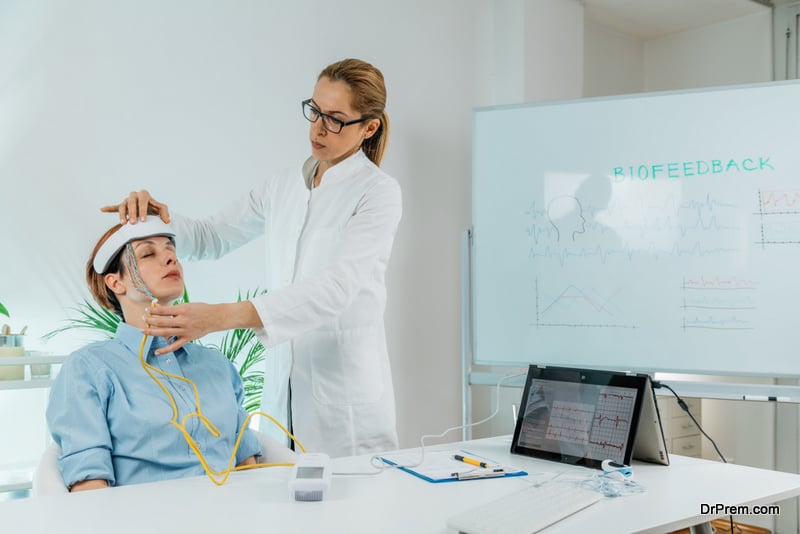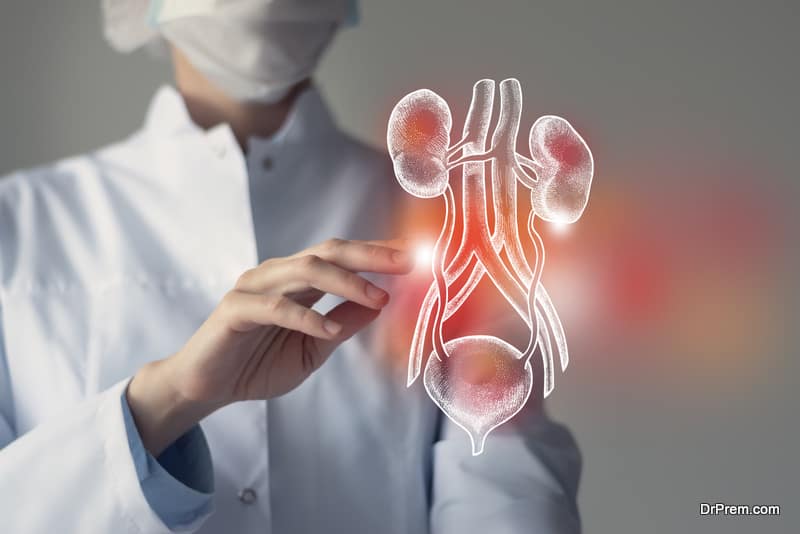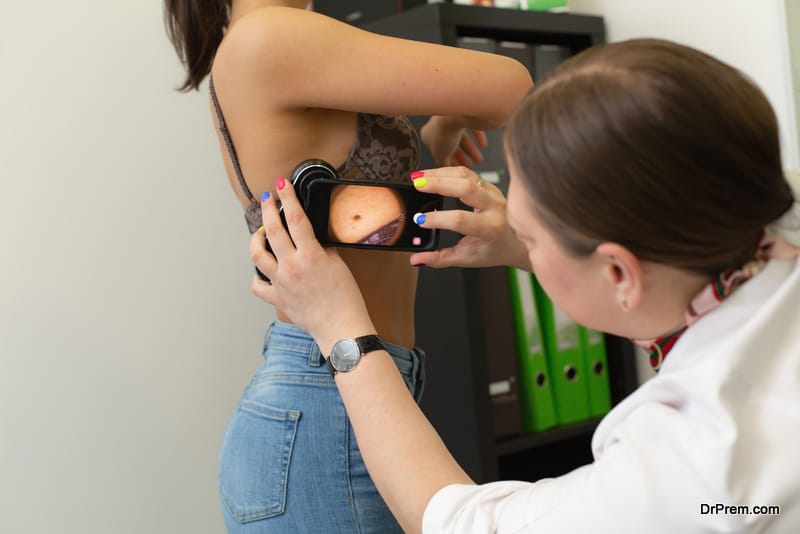Have you ever wondered, how great it would be if you can control certain physiological activities that you normally can’t? Imagine a person suffering from physical pain, anxiety, or other stressors learns how their body works and can improve it. Precisely, that is exactly what Biofeedback does. This evidence-based approach trains an individual to be fully aware of their body functions and cure certain health problems. Biofeedback therapy in wellness resorts is a growing trend where individuals are benefitting a lot. This guide will tell you what is biofeedback therapy, its types, benefits, and more.
List of things that you will learn from this wellness guide –
A Detailed Guide to Biofeedback Therapy by Dr. Prem – The Concept, Mechanism of Action, Types, Benefits and More
-
Do you know the concept of Biofeedback Therapy?
-
How has Biofeedback Therapy evolved?
-
Mechanism of Action
-
What are the Benefits of Biofeedback Therapy?
-
Specific Problems that Biofeedback Treats
-
Different Types of Biofeedback Therapy
-
What Tools and Equipment are used?
-
How does Biofeedback therapy for anxiety work?
-
How does Biofeedback therapy for constipation work?
-
What are the Risks and Complications of Biofeedback Therapy?
-
How to perform Biofeedback therapy at home?
-
What is the Most Common Biofeedback Device for home use?
-
Is Biofeedback a Safe Treatment?
-
How to find a Biofeedback Therapist?
Do you know the concept of Biofeedback Therapy?
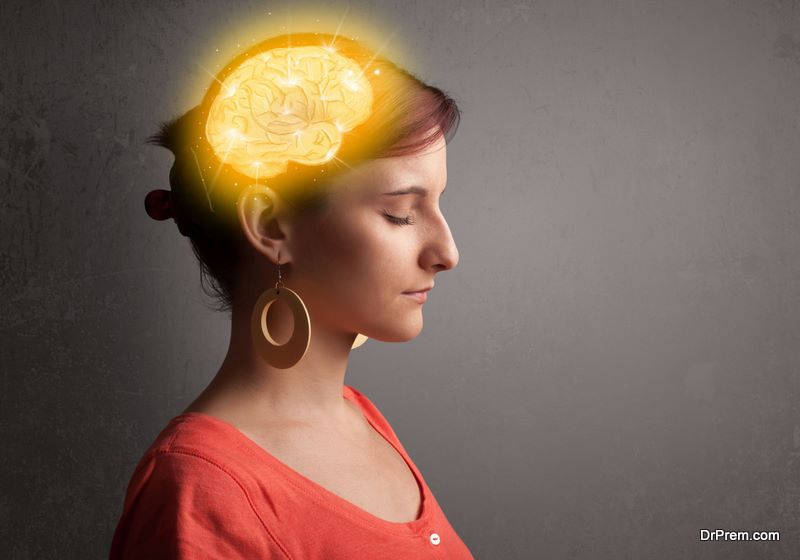
They also work with patients to help them manage pain, improve athletic performance, and increase strength. For some people, even physical therapy sessions alone are not enough to relieve chronic pain or other physical limitations. These people may be prescribed biofeedback therapy to ease their symptoms. The therapy has proven to beeffective and helps faster recovery in the patient’s condition.
How has Biofeedback Therapy evolved?

It has been estimated that the concept of biofeedback therapy started evolving from 1865 with the theory of homeostasis proposed by Claude Bernard. Since then, this concept has undergone various modifications in order to control the body’s various ways of reacting to stimuli and using them in a more constructive pattern.
Mechanism of Action
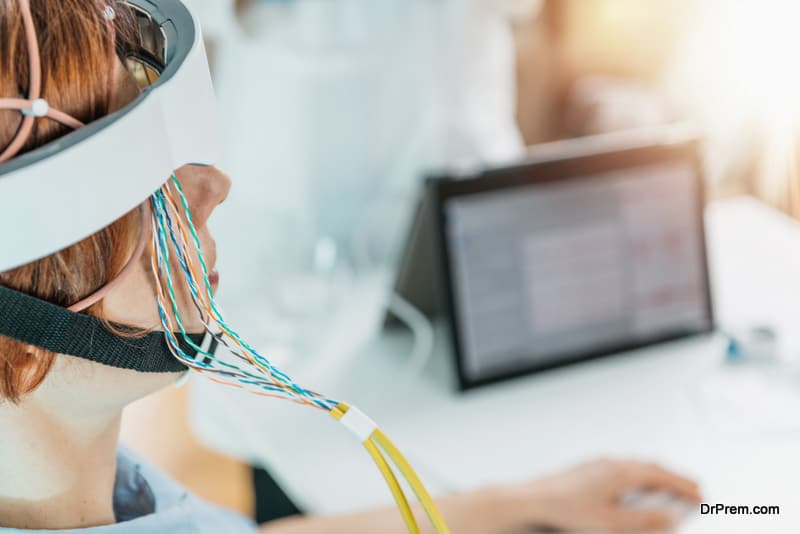
It is a type of treatment that uses a machine to monitor bodily processes and then gives the patient information about their physiology. This process helps patients learn to control their body’s reactions to different situations and create a feedback loop. The person can learn to control physiological responses that typically could not be controlled consciously.
There are various Biofeedback therapy exercises both mental and physical that can be used to control the functions. For example, if you would want to increase the body temperature, specific mental exercises need to be conducted so as to bring about a gradual physical change. As soon as the change is achieved, the monitoring device beeps in positive affirmation.
What are the Benefits of Biofeedback Therapy?
1. Emotional and Psychological Disorders
Psychological and emotional disorders such as depression, anxiety, and phobias can often create symptoms that are difficult to manage without therapy. Just like physical pain can be hard to deal with, these emotional pains can be discouraging accomplishments for a patient who cannot control their symptoms. Biofeedback therapy can help patients learn to calm down stronger and better cope with their feelings.
2. Musculoskeletal Conditions

3. Chronic Health Conditions
Chronic health conditions, such as chronic fatigue syndrome or irritable bowel syndrome, can be hard to manage and lead to physical restrictions that make it hard for patients to do even basic tasks. These conditions can worsen if left unresolved, but with biofeedback therapy, a patient will be able to learn how to control their symptoms and manage their condition.
4. Disorders of the Genitourinary System
Biofeedback therapy is not just for physical problems but also for health issues such as kidney disease and urinary tract infections. These problems can lead to symptoms caused by improper functions in the kidneys, bladder, and urethra. Biofeedback therapy can be used to understand better how the urinary tract works and help manage symptoms caused by a dysfunctional system.
Specific Problems that Biofeedback Treats
- Anxiety disorder
- Depression and post-traumatic stress disorder (PTSD)
- Constipation or irritable bowel syndrome
- Breathing difficulties like asthma
- Attention-deficit disorders
- Insomnia
- Pains such as headaches, fibromyalgia, muscle, and joint pain
Different Types of Biofeedback Therapy
There are many types of biofeedback therapy, each of which is designed for a specific purpose:
1. Electroencephalography (EEG)
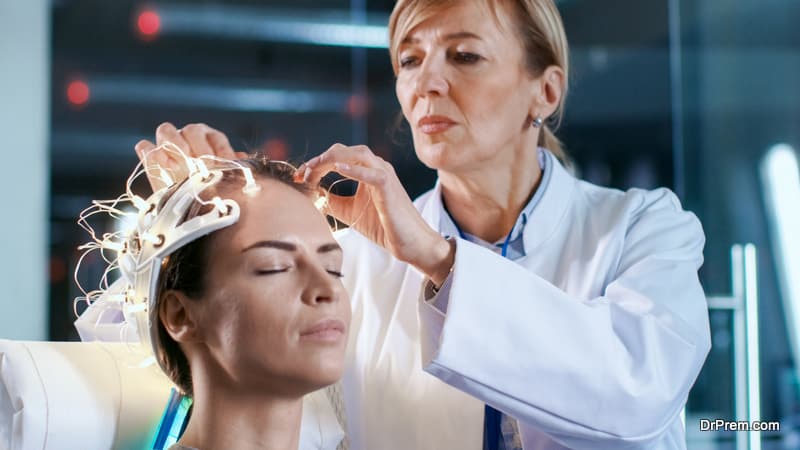
2. Respiratory Biofeedback
This type of biofeedback is used to help people learn how to control their breathing patterns and thereby control other physiological responses. Breathing affects everything from muscle tension to brain functioning. By controlling your breathing, you can improve your body’s overall performance.
3. Heart Rate Variability Biofeedback
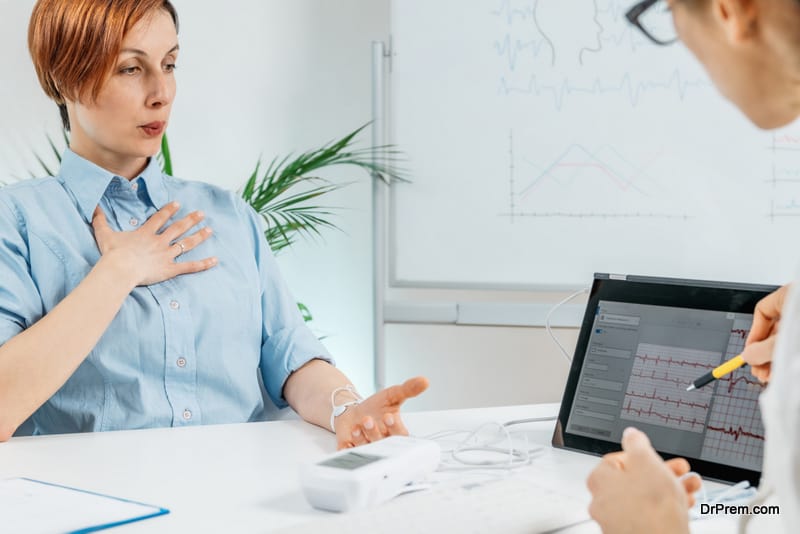
4. Electromyography (EMG) or Muscle Contraction Biofeedback
EMGs measure the electrical activity of the muscles and allow patients to learn how their powers work. This information can help a patient to become aware of their body’s physical responses and control their strengths so that they respond when needed and do not cause stress when they are not necessary.
5. Thermal or Temperature Biofeedback

What Tools and equipment are used?
Broadly speaking, there are various types of biofeedback tools that can be useddepending on different conditions such as:
- Electrodermal Activity (EDA) – This device measures changes in perspiration rate.
- Electroencephalogram (EEG) – This device measures the electrical activities of the brain.
- Finger Pulse Measurement Sensors – This device helps to measure changes in heartbeats and blood pressure.
- Electromyogram (EMG) – This device measures muscle tension in the body.
How does Biofeedback therapy for Anxiety Work?

However, if someone has an anxiety disorder, it means their response to such situations is intense and out of their control. Their bodies usually will react to fear, stress, or any worrisome situation inappropriately, which can be harmful to them. Fortunately, among other solutions for anxiety disorder, Biofeedback is one easy solution to administer, effective, and non-invasive treatment.
Here’s how –
- Physical symptoms such as a racing heart, sweating, troubled breathing, etc. are commonly identified in all types of anxiety disorder. Biofeedback therapy helps to reduce, manage, and control these symptoms effectively.
- It gives the person what they need and lacks the most, which is control over themselves. Biofeedback therapy allows them to see when and what their bodies react during this time, which initially shocks most of them.
- Further, they are taught some techniques that help them to relax. After learning these techniques, people are usually shown the difference in how their bodies react now to the same situations.
- With help of the monitoring and evidence that these things can be controlled, they eventually start to feel more in control of themselves. Thus, Biofeedback therapy for anxiety leads to a reduction in anxiety and the ability to manage stressful situations in a much better way.
How does Biofeedback Therapy for Constipation Work?
For Children

Biofeedback therapy for constipation in children is done in a few different ways, that are –
- The sensors or stickers are applied to the body parts like the buttocks, belly, hip, or knee. These sensors are connected to the monitored system on the other hand.
- Another method involves the insertion of a small and flexible tube or catheter into the rectum. This tube is about the size of a thermometer along with a balloon attached to its tip. It is monitored to measure the pressure on the anal muscle sphincter while the child tries to practice straining down as asked by the nurse.
- The last method also involves a balloon expulsion test, to determine how long a child takes to push the balloon out of the rectum. However, in this, the sensors are specially designed to measure the action of the muscles that are responsible to control bowel function. As the child relaxes or tightens the muscles, the child can see these changes on the monitored screen and learns to have it in the right way.
For Adults

According to various randomized controlled trials,Biofeedback therapy has proven superior to any other modalities for treating constipation. With the use of techniques and monitored practices such as Neuromuscular training and verbal and visual feedback, the therapy is highly effective and the results are far more significant compared to sham training or laxatives.
The training given in the Biofeedback procedure involves the insertion of a probe into the anus. This helps in monitoring their muscle activity on the screen. This rectoanal coordination helps to increase the efforts for right pushing and synchronize anal sphincter relaxation with help of the status on the computer display. Later, the patient can practice the exercises learned in Biofeedback therapy at home.
What are the Risks and Complications of Biofeedback Therapy?
- Be it biofeedback therapy exercises or application of the sensory monitoring, it is a safe procedure. The treatment is non-invasive and has no potential complications or side effects from it.
- However, the risk related to this therapy is that it is not effective or suitable for everyone. People with certain medical conditions or skin problems are advised to discuss their problems with doctors before undergoing biofeedback therapy.
- Also, people with implanted pacemakers or other electrical devices, severe psychosis or neurosis, psychopathic personalities, or those who are very weak physically must avoid using biofeedback therapy.
- FDA (Food and drugs administration) has approved and regulated Biofeedback devices for treating various suitable conditions. However, certain devices are not regulated for performing Biofeedback therapy at home. Thus, make sure you discuss the types of devices required for your use with your doctor before using them.
How to perform Biofeedback therapy at home?

The prescription of devices for every individual may vary depending on what an individual requires – relief from stress or anxiety, pain management, improved meditation or concentration practice, etc. Initially, performing this therapy required using sensitive tools and equipmentfor accurate measurements and tracking of the physiological state of a person.
For this reason, biofeedback therapy was only available at the clinics. Luckily, it’s not the same anymore! Advancements in technologies and at-home biofeedback devices for personal use are becoming more and more in demand making it possible to get its benefits while staying in your space and time. If you just want to experience its benefits, you can find Biofeedback therapy in wellness resorts or approach professional doctors.
What is the Most Common Biofeedback Device for home use?

-
The Muse Headband –
The Muse Headband app works with the use of Electromyography (EEG). It senses brain activities and guides you to calm and focus. With the help of this device during your meditation practice, you will hear peaceful weather sounds when you are calm and stormy weather sounds when your mind is not focused. You can easily monitor your heart, brain, and breathing in real-time.
-
Reflect Orbbiofeedback Device –
It is a fully portable device and works with the use of Electrodermal Activity (EDA) and Heart Rate Variability (HRV) measurements. This soft and round device analyzes the measurements through your fingers while you are holding it. The device is designed to change its color as a response to an individual’s stress level to remind them when they need to stay calmer.
-
Unyte iom2 –
Unyte iom2 is a device via an ear clip, which uses HRV. It is paired with some interactive meditations that help you to be aware of your thoughts and physical state. It also enables a customized breathing indicator to guide you toward your optimum breathing rate while gradually sinking you into deeper meditations. It has a web-based dashboard for tracking your progress and usage.
-
The EmWave2 –
This device works with the help of HRV measurements and monitors synchronization between your heart, brain, and nervous system. As when the body is under stress, it results in irregular heart rhythms and also impacts the functions of the brain and overall well-being. EmWave2 guides you to increase coherence within resulting in improved well-being, emotional health, heart pattern, and performance as well.
-
Interactive Video Games –
A lot of interactive biofeedback video games for kids, teens, and adults have been introduced in the market. These are one of the most enjoyable and engagingways to perform therapy at your home. Several studies have shown that interactive biofeedback video games significantly and effectively reduce stress and anxiety. Some examples of these video games are MindLight, StressJam, Dojo, Nevermind, Deep, etc.
Is Biofeedback a Safe Treatment?

How to find a Biofeedback Therapist?
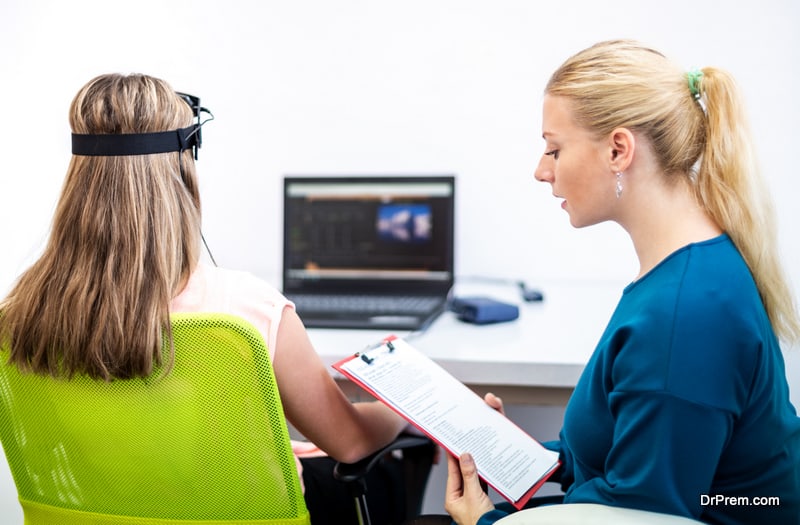
These are some questions that you certainly should ask the therapist before performing biofeedback therapy –
- Are they registered, licensed, or certified?
- Do they have experience treating someone for your condition?
- What is the cost of the therapy and how many sessions are needed?
- Is the clinic or place of treatment legit?
Even if you are doing biofeedback at home, the therapy still involves instrument-based procedures. The person must learn about the devices, their functions, etc only from a professional and trained practitioner to practice it well at home. The devices used in this process are very sensitive and must be used with proper care under expert supervision. Thus, make sure you choose your therapist wisely.
Conclusion
Biofeedback therapy is a treatment that helps to manage different kinds of health issues and physical problems. This therapy guides the patients to learn how to control their body’s reactions through various stimuli monitored with sensors. The treatment has to be under the care of a proficiently trained and certified nurse, doctor, or practitioner only. The therapy can also be performed at home, however, only after learning the uses and functions of the devices. Biofeedback has been extremely useful in reducing stress and anxiety and promoting relaxation. The therapy is also under investigation to analyze its benefits for other health conditions.


